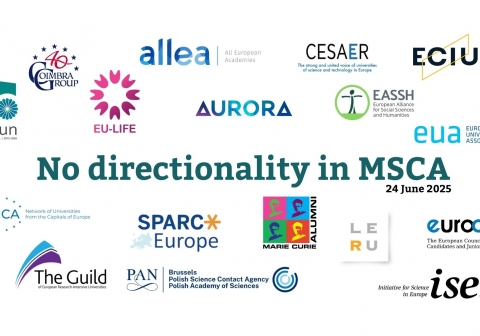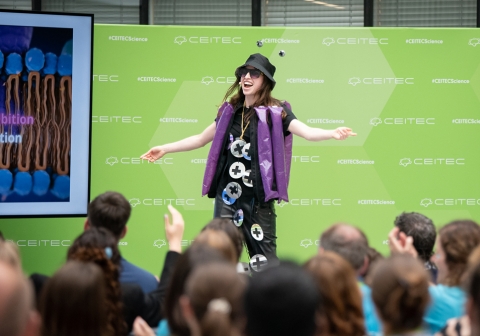Top European Life Science Institutes Join Forces
BARCELONA, SPAIN—Ten top European life sciences institutes have launched a new alliance to help themselves become more competitive and have a strong, unified voice in European science policy. The new group, EU-Life, had its kickoff here yesterday at the Centre for Genomic Regulation (CRG) in Barcelona, one of its members. "All of us together, we can really try to make something powerful," says CRG Director Luis Serrano, who co-founded the new alliance.
Serrano says that the idea for EU-Life came to him about 3 years ago when he realized that, to be able to compete, Europe needs to attract postdocs from large emerging countries like India and China. To do so, it's important to highlight that "in Europe, there are institutes which are comparable in quality and success to the best American institutes," Serrano tells ScienceInsider.
Another motivation has been frustration that policymakers are taking the wrong measures to make Europe competitive, says Jo Bury, another EU-Life co-founder and managing director of the Flemish Institute for Biotechnology (VIB) in Ghent, Belgium. For instance, the European Commission's new funding program, Horizon 2020, forces researchers to build huge multinational networks in which each gets "bits and pieces," Bury says. Instead, Europe should massively increase the budget of the European Research Council, which selects researchers based solely on excellence, he says.
Although European universities have had a clear voice in the debates about Horizon 2020—for instance through the League of European Research Universities—Bury and Serrano felt that individual institutes remained silent. "By creating this critical mass, we become more visible to politicians," Bury says.
EU-Life's members, besides CRG and VIB, are the French Curie Institute; the Netherlands Cancer Institute; the Max Delbrück Center for Molecular Medicine in Germany; the European Institute of Oncology, based in Italy; the Portuguese Gulbenkian Institute of Science; the Research Center for Molecular Medicine of the Austrian Academy of Sciences; the Central European Institute of Technology, based in the Czech Republic; and the Institute for Molecular Medicine Finland. To achieve a better geographical spread, the alliance is still looking for two or three more institutions in the United Kingdom, Switzerland, or Central and Eastern Europe.
During yesterday's kickoff meeting, the institutes shared their experiences in human resources, funding, technology transfer, science communication, and translational research. They also hope to use the alliance to give their students new training and mobility opportunities, and to advertise their positions on a common website. "It was fantastic to see the different solutions … that people have for the same problem," says Jorge Carneiro, a biologist who directs the Ph.D. program in computational biology at the Gulbenkian Institute.
In the long term, the alliance hopes to have an impact on European science by setting benchmarks and raising standards. For example, EU-Life members already help foreign students with accommodation and paperwork, Serrano says; by setting the example they will try to make that standard practice for other institutes as well.
The alliance has piqued the interest of the European Commission. The goals of EU-Life happen to be in line with some activities that the European Commission is putting in place to promote the European Research Area (ERA), which aims to make Europe an open and more competitive training and labor market for researchers. "We share the same objective," Fabienne Gautier, who heads the commission's ERA unit, said yesterday.
The meeting was "the acid test," Bury says; he wasn't certain whether institutes would be willing to put time and money into the initiative, he confesses. But yesterday, EU-Life decided to set itself up legally as a consortium and hire a full-time coordinator by the end of the year. Perhaps most encouraging, Bury says, member institutions were willing to share their secrets, for instance on their salary scales and funding strategies. While each will keep their identity -- and competition will remain fierce—"we left [feeling] like a family," he says.
Source: science insider
Full link: http://news.sciencemag.org/scienceinsider/2013/05/top-european-life-science-instit.html



